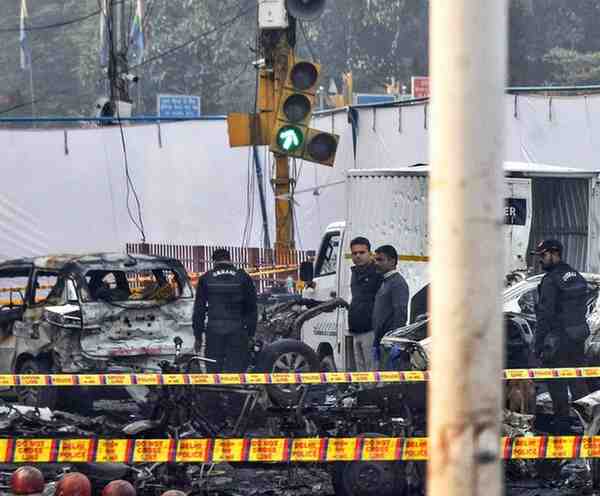
Red Fort Attack Raises Fears Over VBIEDs Use
The recent explosion near Delhi’s Red Fort has renewed concerns over the growing use of Vehicle-borne Improvised Explosive Devices (VBIEDs) —one of the most destructive tools in urban terrorism. Security agencies warn that the attack highlights vulnerabilities in high-density zones where vehicles form a natural part of everyday movement and surveillance gaps exist.
What Is a VBIED?
A VBIED is essentially a vehicle converted into a large explosive device. Unlike small improvised bombs that rely mainly on added shrapnel, a VBIED uses the car’s metal body as fragmentation material. When the explosive detonates, the confined cabin multiplies the blast pressure, sending high-velocity metal fragments across a wide radius and causing severe casualties and infrastructure damage.
How VBIED Attacks Are Carried Out
Explosives are typically hidden inside seats, doors, fuel tanks, or trunks. In suicide VBIED attacks, the driver remains inside to ensure proximity to the target. The mobility of vehicles allows attackers to breach layered security, position the device in crowded areas, or execute high-speed entry into protected zones—making VBIEDs a preferred tactic for organised terror networks.
Detection Challenges in Urban Environments
High traffic density, the ubiquity of common vehicle models, and limited on-ground screening make VBIED detection extremely difficult. Attackers often lead seemingly normal lives—renting homes, purchasing vehicles, or parking for long hours—without triggering suspicion. This blending into routine city behaviour complicates intelligence collection.
Exam Oriented Facts
-
VBIED = Improvised explosive device concealed inside a vehicle.
-
Vehicle body acts as fragmentation material, amplifying lethality.
-
Suicide VBIED = Driver detonates the explosive while inside.
-
Traffic congestion and routine vehicle movement hinder detection.
Month: Current Affairs - November 18, 2025
Category: Internal Security & Counterterrorism